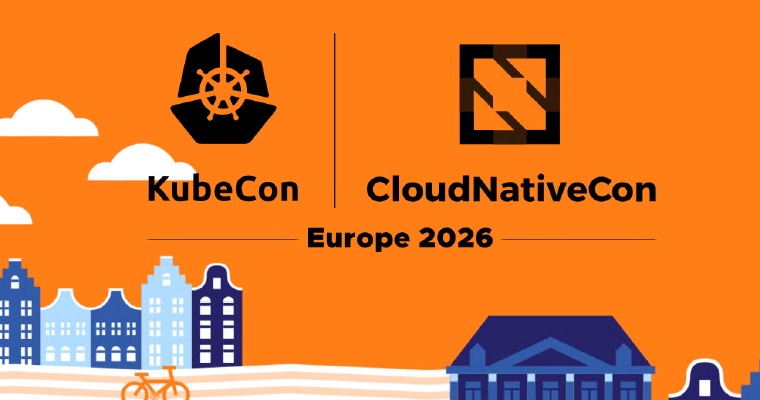The Shifting Sands: Why Move from VMs? The recent acquisition of VMware by Broadcom and the subsequent increase in costs have left many in the industry feeling alienated and concerned. However, as discussed in our session, moving away from a VM-centric world isn’t just about cost savings. It’s about achieving greater agility, fostering a happier and more autonomous staff, and embarking on a broader digital transformation journey. Think of it like moving house: it’s an opportunity to shed what you don’t need, understand your current estate, and align with a future vision, rather than just a “lift and shift”.
Moving from Vmware?
A Hybrid World It’s important to understand that the transition isn’t an “all or nothing” approach. Many organizations will operate in a hybrid environment, balancing traditional VM-based workloads with new containerized services. In fact, it’s increasingly possible to run virtual machines inside Kubernetes, allowing for consistent management through a single specification or “manifest”. This consistency is crucial for agility, enabling easy creation of copies, parallel testing, and spinning up ephemeral environments.
Where to Start Your Modernization Journey?
Consider the data – its value, criticality, and access patterns. Whether data is read-only or involves destructive interactions (writes) significantly influences whether it stays with VMs or moves to a containerized context or can be removed all together!
Begin with workloads that are as well-known as possible to understand the “unknown unknowns” and the boundaries of your current estate, especially for legacy VMs that may have been running for 20 years. This is a chance for thorough housekeeping and discovery.
Prioritize Productivity Gains: Focus on services where modernization can deliver the most significant productivity gains for developers. Services with long feedback loops (e.g., a week-long deployment pipeline) are ideal candidates, as containerization can drastically reduce this to minutes, providing immense value and getting teams on board.
Pitfalls and Anti-patterns
Unrealistic Timelines: Don’t expect to move hundreds of VMs in a single year. This is a gradual process that requires safety and careful execution, not just speed.
Lack of Due Diligence: Avoid simply treating every VM the same. It’s critical to interrogate the workload running within each VM. Don’t skip the review by assuming it’s easier to keep a VM as is; often, parts can be containerized with additional effort.
Oversized VMs: Don’t move a VM that consumes an entire underlying hardware instance directly into Kubernetes without re-evaluating its purpose.
Ignoring Dependencies: Failing to understand your application’s dependencies is a major challenge. Tools can help, but ultimately, you’ll need a better grasp of how your applications work.
Hasty Decisions: Rushing the discovery process or being “lazy” in due diligence can lead to significant unexpected costs.
Benefits
The Power of Unification and Kubernetes: Moving to a containerized or Kubernetes space forces you to think differently about your workloads, defining liveness, health, and what “working” truly means.
This shift can lead to profound benefits:
Improved Recovery and Efficiency: Kubernetes can reschedule a downed service in seconds, dramatically reducing recovery times compared to traditional VM failovers (which might take 5-10 seconds). This can even lead to hardware savings as you might need fewer instances for high availability.
Standardization and Consistency: You achieve a unified and standardized approach to managing all your workloads, whether VM-based or containerized.
Team Alignment: When teams operate within a similar context and speak the same language, collaboration improves, and they can rely on platforms to provide consistent capabilities.
Portability and Strength: Embracing open-source and open-core solutions provides greater portability and puts you in a position of strength in discussions with providers.
This transformation is about systematically making gains and validating your understanding of each service as it transitions. It’s a continuous journey of trust and proof.





